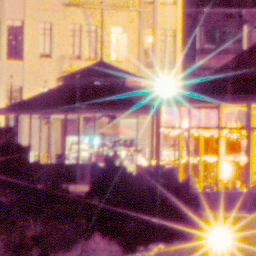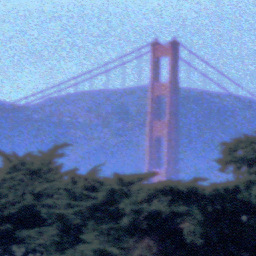How the Rocky Mountains keep Western Europe temperate
Western Europe has very moderate winters compared to North American coastal regions at the same latitude, with a whopping 15°C (27°F) difference. New York is at about the same latitude as Rome, but its winters are considerably colder than those of Paris or London, which are at the same latitude as Québec or Newfoundland.
Conventional wisdom claims this is due to the regulating effects of the Gulfstream, that acts as a heat pump between both sides of the Atlantic ocean.
New research from Columbia (more details available from The Independent) debunks this theory. Apparently, most of the difference is due to atmospheric effects, and half of that due to global wind patterns whose meanderings are shaped by the Rocky Mountains (in simulations where the Rockies are flattened, Western Europe gets 9°C colder).The Gulfstream actually has only a very minor and almost negligible contribution to the difference.
I find it really amazing how mountains 9 time zones away can influence the climate so dramatically. It is a small world, after all.



